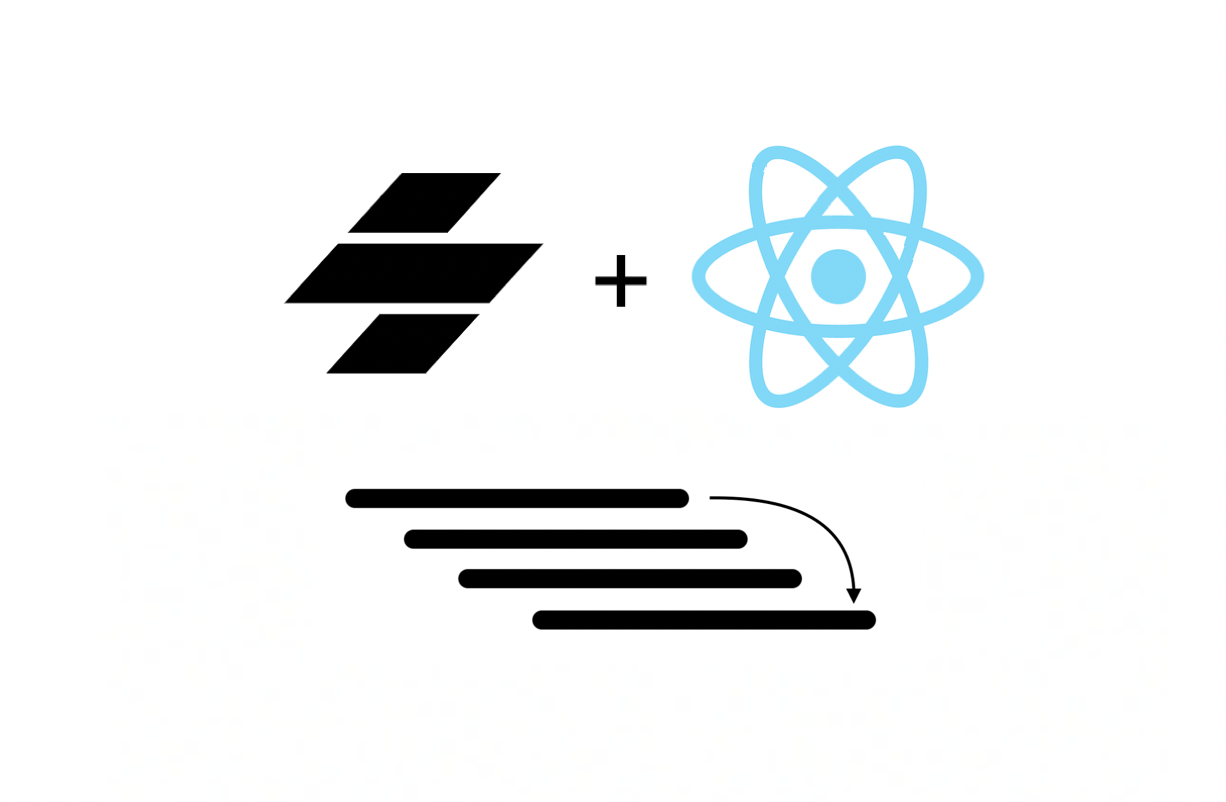Announcing stencil-context

stencil-context is a new option for Stencil.js users looking to apply more advanced use cases of context in their projects.
Project link: https://github.com/petermikitsh/stencil-context
Today, most Stencil.js users looking to tunnel state deep into the component tree might use @stencil/state-tunnel today.
As discussed in #8, there is community interest in being able to override context at deeper points in the component tree. stencil-context supports this use case.
In addition to supporting these more advanced use cases, I’ve revisited the API to make it more React-like, and simpler to use.
1
2
3
4
5
6
7
8
9
10
11
12
13
14
15
16
17
18
19
20
21
22
import { Component, h } from '@stencil/core';
import { createContext } from 'stencil-context';
const defaultValue = {foo: 'bar'};
const { Provider, Consumer } = createContext(defaultValue);
@Component({
tag: 'my-app',
})
export class MyApp {
render() {
return (
<Provider>
<Consumer>
{({ foo }) => (
<div>{foo}</div>
)}
</Consumer>
</Provider>
)
}
}
Here’s a more complex use case, with nested Provider and Consumer:
1
2
3
4
5
6
7
8
9
10
11
12
13
14
15
16
17
18
19
20
21
22
23
24
25
26
27
28
29
30
31
import { Component, h } from '@stencil/core';
import { createContext } from 'stencil-context';
const defaultValue = {foo: 'foo'};
const { Provider, Consumer } = createContext(defaultValue);
@Component({
tag: 'my-app',
})
export class MyApp {
render() {
return (
<Provider value={ {foo: 'foo1'} }>
<Consumer>
{({ foo }) => (
[
<div>{foo}</div>,
<Provider value={ {foo: 'foo2'} }>
<Consumer>
{({ foo: foo2 }) => (
<div>{foo2}</div>
)}
</Consumer>
</Provider>
]
)}
</Consumer>
</Provider>
)
}
}
Check it out at https://github.com/petermikitsh/stencil-context.